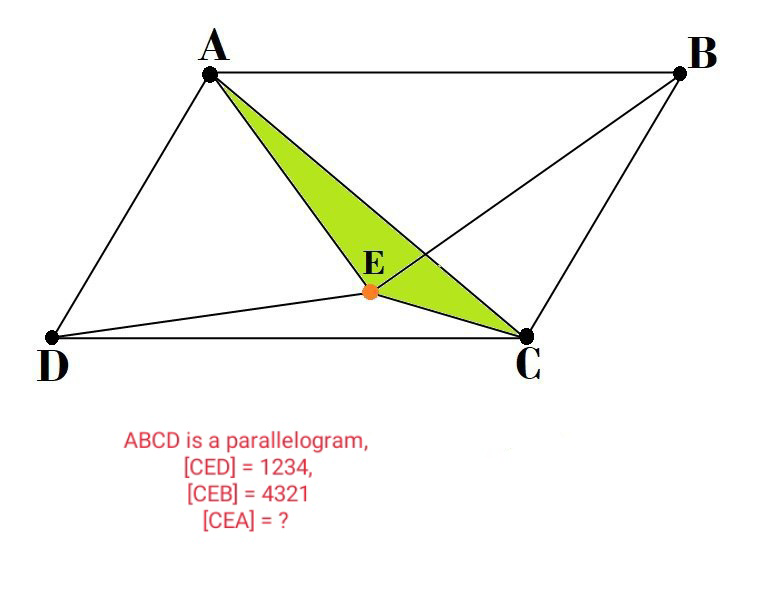
AllQuestion and Answers: Page 1229
Question Number 93077 Answers: 1 Comments: 1
Question Number 93081 Answers: 0 Comments: 3
Question Number 93005 Answers: 1 Comments: 0
Question Number 93003 Answers: 1 Comments: 0
Question Number 92997 Answers: 1 Comments: 0

Question Number 92993 Answers: 0 Comments: 1
Question Number 92987 Answers: 2 Comments: 0
Question Number 93004 Answers: 0 Comments: 0
Question Number 92980 Answers: 1 Comments: 0
Question Number 92976 Answers: 1 Comments: 0
Question Number 92971 Answers: 0 Comments: 3
Question Number 92966 Answers: 0 Comments: 3
Question Number 92960 Answers: 2 Comments: 0
Question Number 92957 Answers: 0 Comments: 12
Question Number 92952 Answers: 0 Comments: 1
Question Number 92949 Answers: 1 Comments: 2
Question Number 92940 Answers: 0 Comments: 0
Question Number 92939 Answers: 0 Comments: 0
Question Number 92938 Answers: 1 Comments: 0
Question Number 92937 Answers: 2 Comments: 1
$${find}\:\int_{\mathrm{0}} ^{\mathrm{2}\pi} \:\frac{{dx}}{\mathrm{3}{cosx}\:+\mathrm{2}} \\ $$
Question Number 92936 Answers: 2 Comments: 2
$${find}\:\:\int_{\mathrm{0}} ^{\mathrm{2}\pi} \:\:\frac{{dx}}{{cosx}\:+{sinx}} \\ $$
Question Number 92935 Answers: 0 Comments: 0
Question Number 92934 Answers: 0 Comments: 0
Question Number 92933 Answers: 0 Comments: 0
Question Number 92925 Answers: 0 Comments: 4
Question Number 92923 Answers: 1 Comments: 0
Pg 1224 Pg 1225 Pg 1226 Pg 1227 Pg 1228 Pg 1229 Pg 1230 Pg 1231 Pg 1232 Pg 1233
